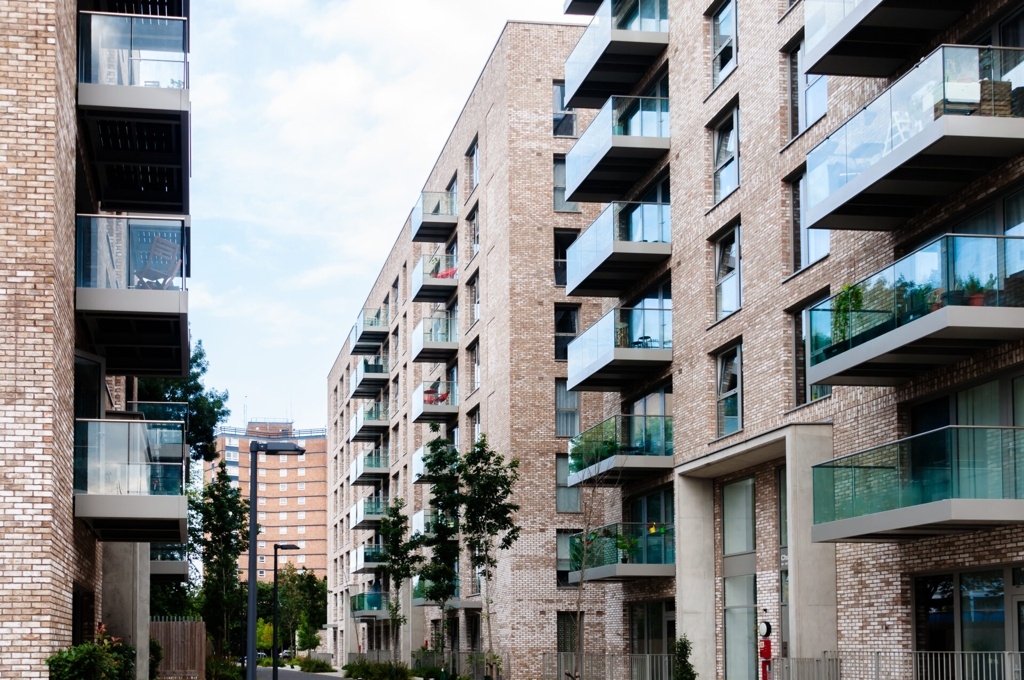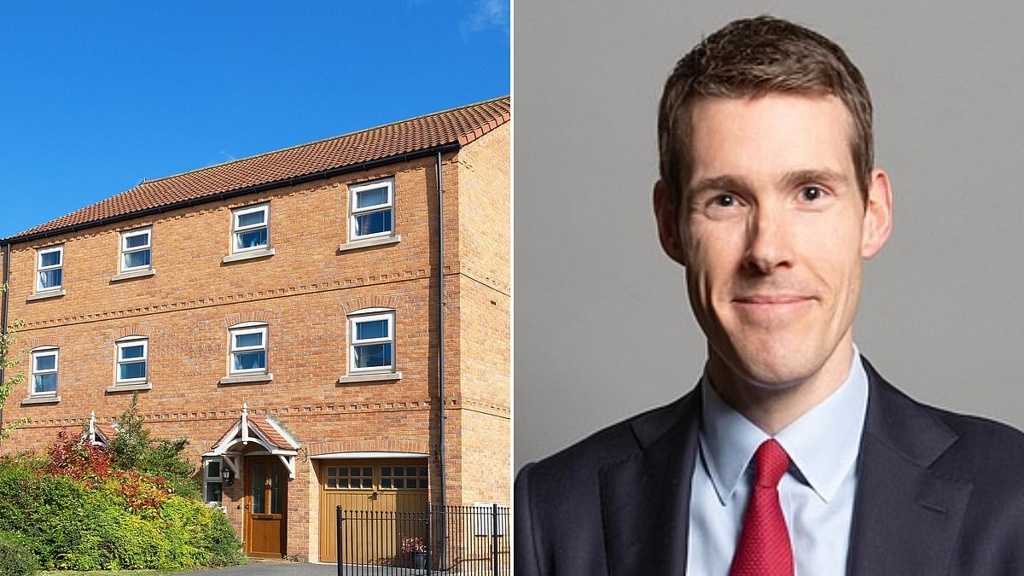UK Government Plans to Replace Leasehold with Commonhold Ownership
Explore the UK government's transformative plan to abolish leasehold and empower homeowners through a new commonhold ownership model for greater control.

Key Points
- The UK government plans to replace the leasehold system with commonhold ownership, enhancing homeowner autonomy and control.
- Commonhold eliminates ground rents and empowers residents to manage costs and maintenance collectively.
- This reform aims to address longstanding grievances of leaseholders facing rising service charges and limited decision-making power.
The UK government is making significant strides towards transforming the property landscape in England and Wales by proposing the abolition of the leasehold system in favor of a more equitable commonhold model. This innovative approach addresses long-standing grievances from millions of leaseholders who have felt the burden of high service charges and a lack of control over their living environments. The proposed changes could revolutionize how homeowners interact with their properties, offering greater autonomy and security.
Understanding the Shift from Leasehold to Commonhold
Historically, the leasehold system has allowed third-party landlords, known as freeholders, to grant individuals the right to occupy a flat for a specified period. This arrangement often leads to homeowners feeling like second-class citizens, lacking the power to influence costs associated with maintenance and repairs. With around five million leasehold homes in England, the government is now advocating for a shift to commonhold ownership, where homeowners collectively manage and own their properties.

The Benefits of Commonhold Ownership
Under the proposed commonhold system, residents would gain unprecedented control over their living situations. This model eliminates the need to pay ground rents and allows homeowners to participate in decisions regarding repairs and communal costs. A key aspect of this transition is the ability for residents to hire and manage their own agents, thereby directly influencing their expenses. For example, properties managed under the commonhold system can allow homeowners to discuss and vote on the annual budget, providing a level of transparency and cooperation that has often been absent in leasehold arrangements.
Housing Minister
emphasized the necessity of these reforms by stating that the current leasehold system is outdated, likening it to “feudal rights” from centuries past. By swapping out leasehold for commonhold, the government aims to enhance homeowner rights and diminish the power imbalance that has plagued many residents.

Challenges and Concerns About the Transition
While many leaseholders eagerly await the introduction of these reforms, some stakeholders express concerns about the practical implications of the commonhold model. Freeholders argue that leasehold systems have effectively managed complex apartment buildings, suggesting that the change could introduce new financial and legal responsibilities for residents, which may not be fully understood initially. However, many leaseholders have shared anxiety over rising service charges and crumbling building conditions, underscoring the need for a change that prioritizes consumer rights.
For instance, leaseholders have reported staggering increases in their service charges, rendering their flats unsellable and their situations untenable. By empowering residents through commonhold, the government can address these injustices directly and offer a more sustainable model for future homeowner associations. There is an undeniable urgency to transition as many residents feel trapped in their current agreements.

A Bright Horizon for Homeownership
The draft Leasehold and Commonhold Reform Bill to be published later this year represents a pivotal step towards modernizing residential ownership. By ensuring that commonhold becomes the default model for new flats, the government is committing to a long-term transformation in which homeowners are no longer at the mercy of external landlords. This potentially generational shift not only seeks to address the immediate concerns of leaseholders but also aims to create a more equitable housing market.
The commitment to reform signifies an important recognition of the challenges many leaseholders face. As these reforms move forward, it is crucial for all stakeholders to engage with the process to ensure that the implementation of commonhold is both practical and beneficial for future generations of homeowners.
In summary, the transition from leasehold to commonhold represents a fundamental shift towards empowering homeowners with greater control, autonomy, and transparency over their living situations. This change has the potential to heal longstanding issues and foster a more equitable housing environment for all.


